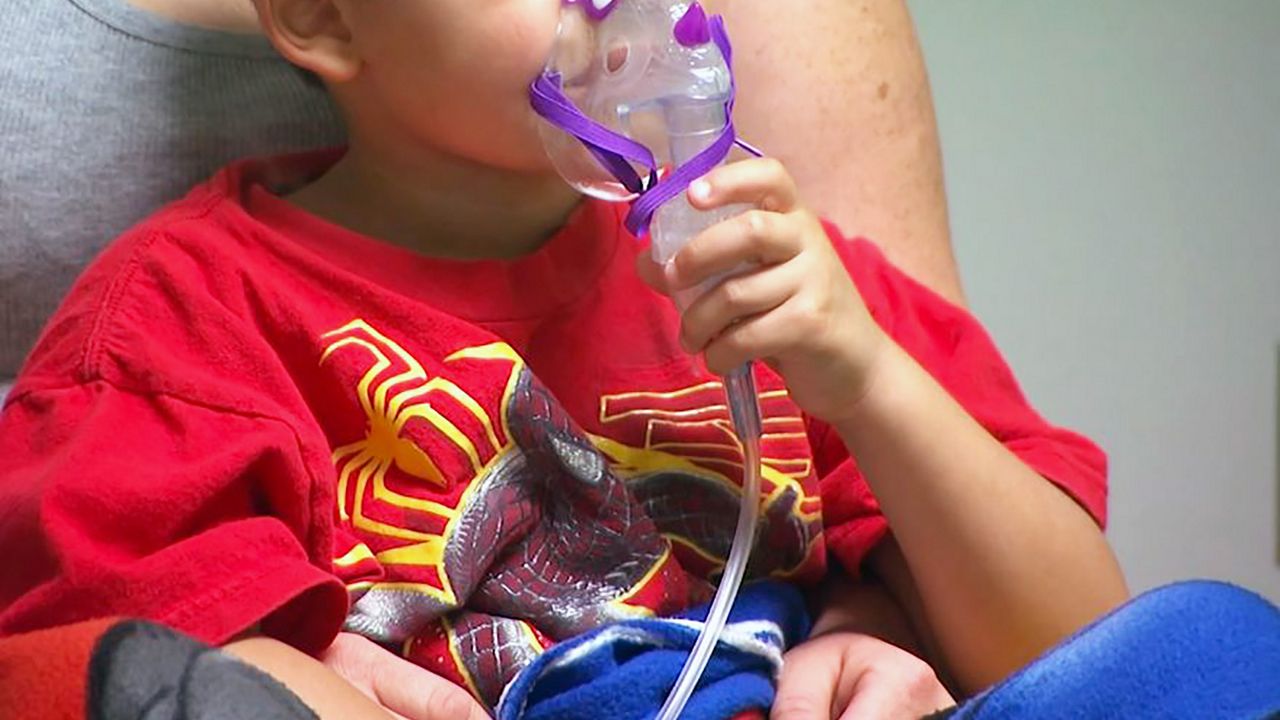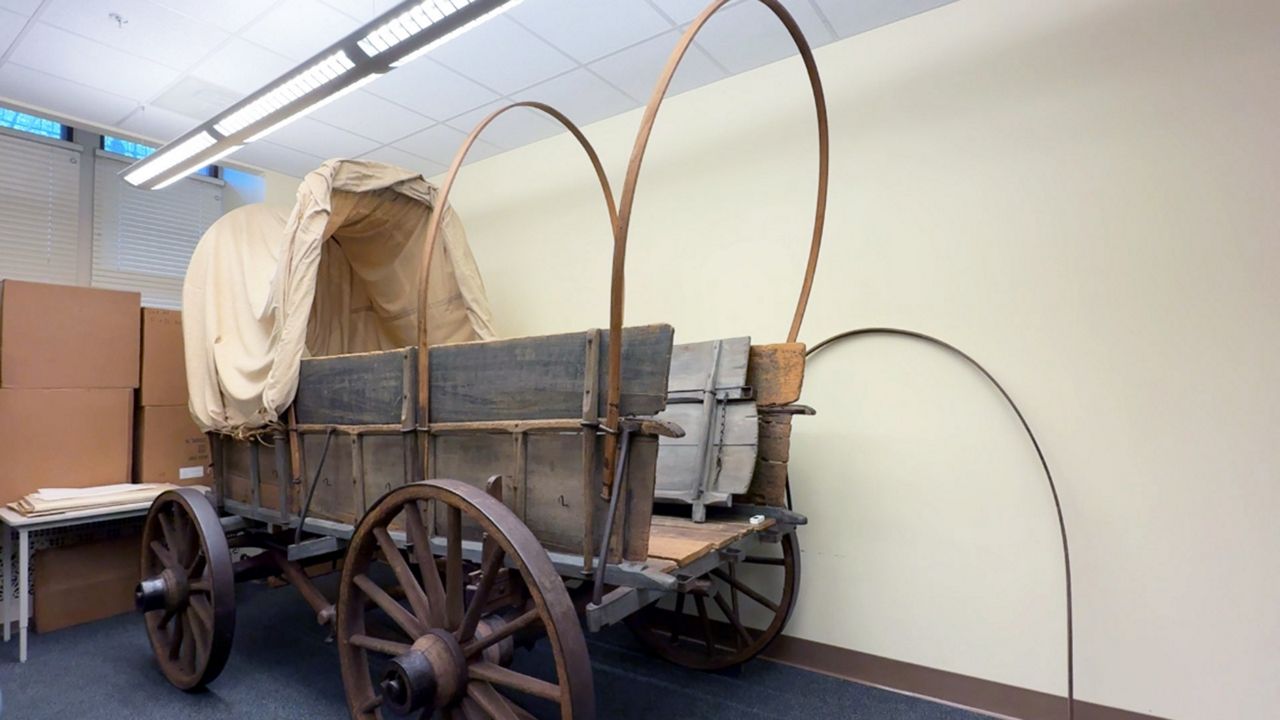ST. LOUIS — St. Louis area doctors are seeing a spike in respiratory syncytial virus (RSV) cases among children, and as the flu and COVID variants are expected to spread across the region, health officials warn of possible “triple-demic.”
In a St. Louis Metropolitan Pandemic Task Force update, St. Louis doctors discussed the uptick in RSV cases and predicted upticks in influenza and COVID cases based on trends in other areas. Health officials said there is a chance of getting all three, naming it “triple-demic.”
RSV is a common respiratory virus that affects young children. Those who would have had their first RSV case as infants are getting it at three-, four- and five- years old with more severe symptoms due to a lack of immunity, according to Dr. Marya Strand, chief medical officer at SSM Health Cardinal Glennon Children’s Hospital.
“We are seeing more kids this year with severe infections due to the fact that RSV cases were extremely low in prior years due to masking and other infection prevention measures to reduce the spread of respiratory viruses,” said Dr. Rachel Orscheln, pediatric infectious diseases at St. Louis Children’s Hospital and Washington University School of Medicine.
“Now, children older than two years of age are being hospitalized for RSV.”
Children experiencing RSV will have typical cold symptoms, but the virus in premature babies, infants less than six months old and children with underlying health conditions can become a more serious illness, Orscheln said.
Symptoms in infants include runny nose, congestion, loss of appetite and cough that could turn into wheezing. Symptoms in older children are runny nose, mild fever, cough and a sore throat.
“If your child does show symptoms of RSV, take them seriously,” Strand said.
With the rise in cases, Strand noted that children’s hospitals are becoming full and emergency rooms across the region have been exceedingly busy.
“If you see symptoms of a respiratory illness, talk to your pediatrician. Keep in mind that emergency rooms might not be your best option for care. Emergency rooms are likely to be very busy for the next several weeks,” Strand said.
She urged parents to make appointments with their child’s pediatrician or take them to urgent care if their child is feeling sick.
“We’re really hoping to keep emergency rooms freed up as much as possible for the most acutely sick children during what is already a very busy time,” Strand said.
Orscheln said countries in the southern hemisphere had “an early and difficult” flu season. She expects that to be the case for the St. Louis area during this fall and winter.
Measures to reduce the spread include washing hands, wearing a mask around vulnerable populations and wiping down surfaces, according to Orscheln.
Over the next few months, doctors will be dealing with an “unusually high level” RSV and influenza cases, according to Dr. Clay Dungan, co-leader of Pandemic Task Force and Chief Clinical Officer for BJC.
While RSV cases among children are rising nationwide and across the St. Louis region, Dungan said influenza has been spreading “pretty hard” among southern states from South Carolina to Texas.
“While the number of cases in Missouri and Illinois aren’t that high yet, we are seeing an increase in the number of flu cases in the region and in the hospital,” he said.
“There hasn’t been a lot of influenza during the last two seasons and that’s probably because of the masking and social distancing that we used to help combat COVID.”
Dungan reported that although COVID cases and hospitalizations are “holding fairly steady,” he said there are new variants emerging in the U.S. and in the St. Louis region. And, because of that, Dungan expects to see an increase in COVID cases and hospitalizations over the coming weeks.
“Many are predicting it will be less serious than last winter surge, but really it’s too soon to tell,” he said.
Dungan noted that European countries have experienced an increase in COVID cases, and surges in Europe are followed by increases in the U.S. a few weeks later.
Steps to avoid the spread of viruses, Dr. Alex Garza, SSM’s chief community health officer, said to stay home if not feeling well, get a flu shot, get up-to-date on COVID vaccinations, wear a mask if at-risk, and wash hands.









